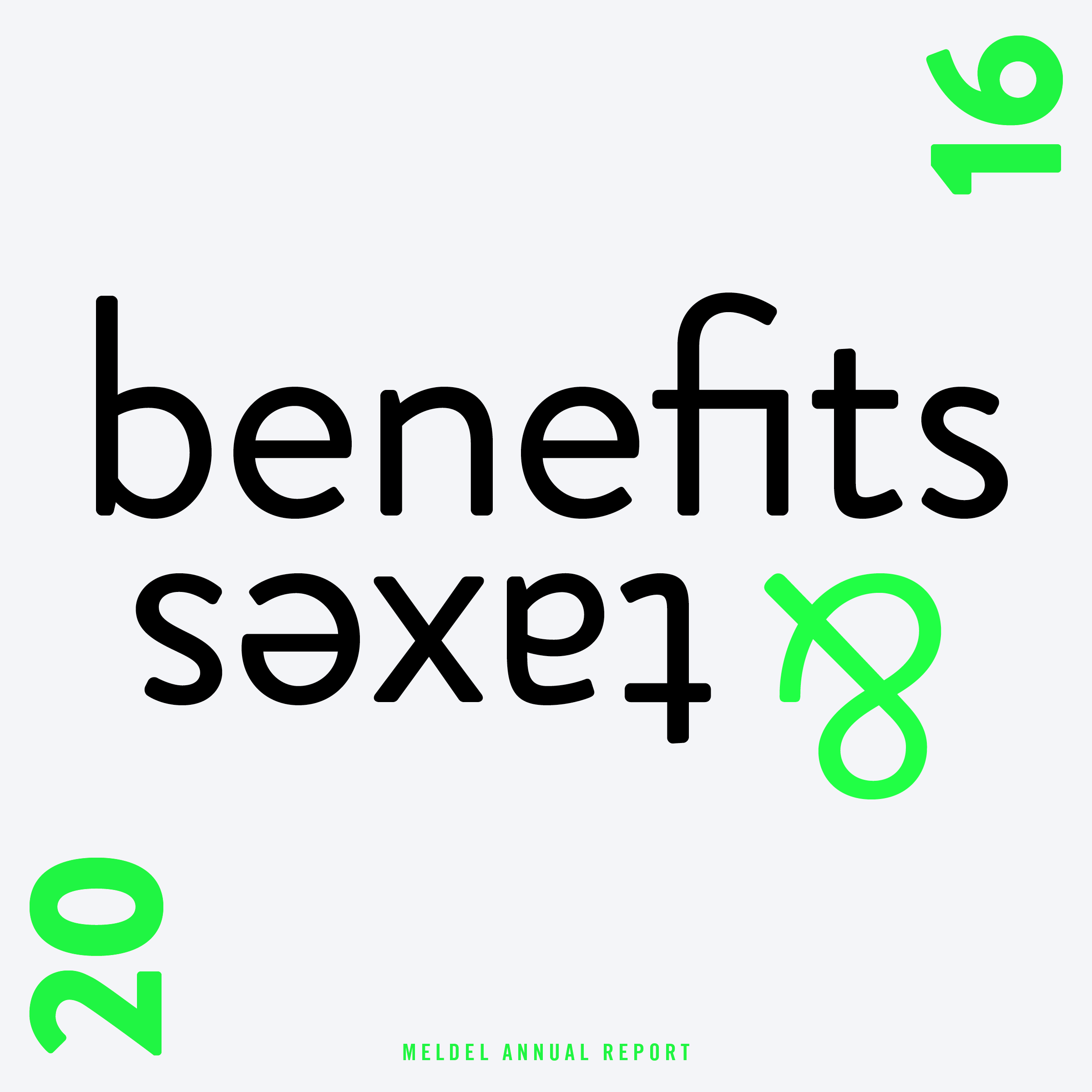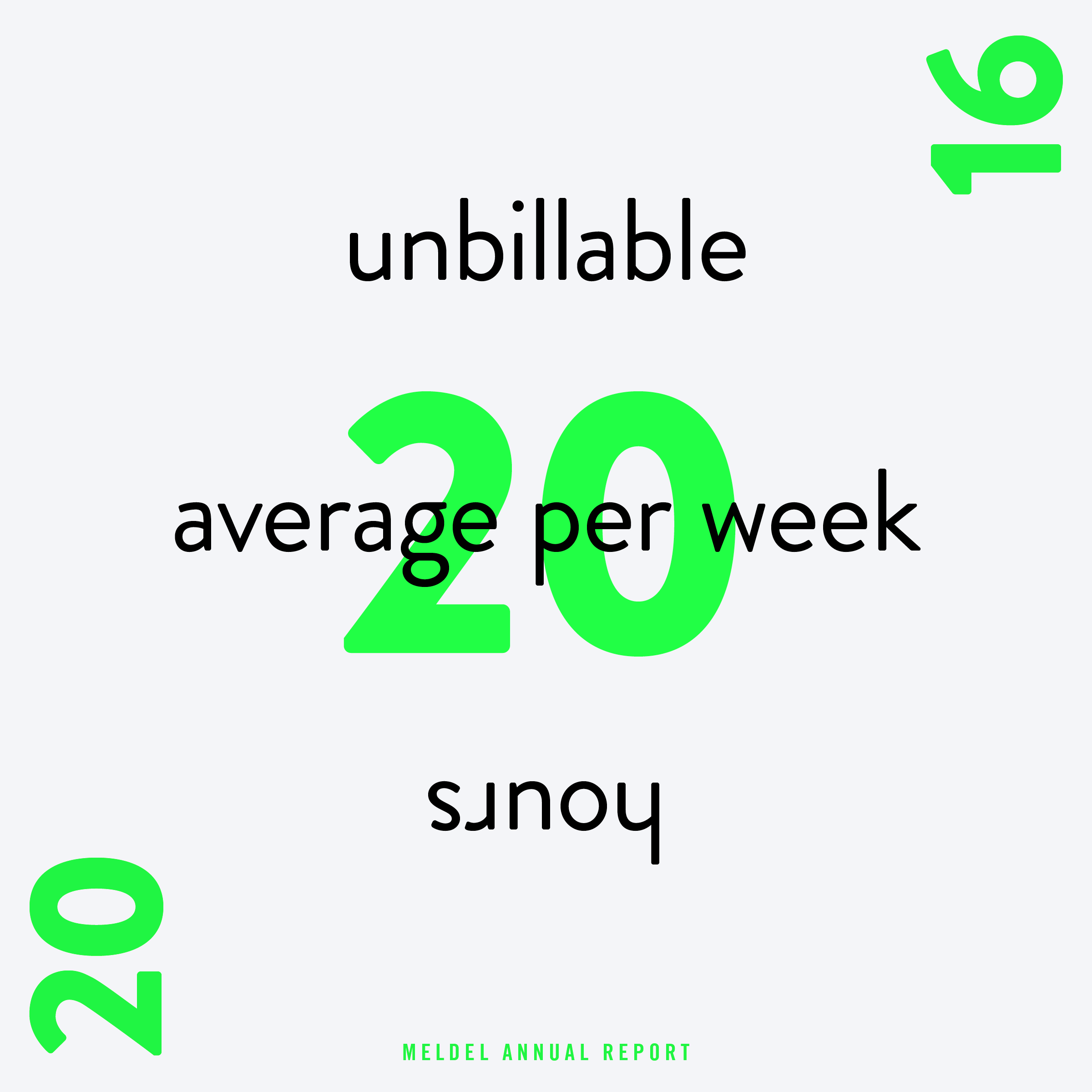💵 In America it’s a rather taboo topic. As an independent designer for over 7 years, I often don’t have a good grasp of what my career looks like from a monetary perspective (leading to the yearly tax season surprise!). Without understanding and managing expectations about money, it’s hard to have a firm grasp on what a freelance career looks like. I put together this annual report in order to gain a better understanding about the way time and money breakdown, as well as to create a conversation with other independent creatives. Being self-employed, like running any business, is about embracing the ups and downs, the good and bad. At the end of the day, it is my choice to remain independent despite the wild ride.
My profit and loss report from 2016 is deceiving. The rise and fall of monthly income on the profit & loss graph may make it seem like work is inconsistent. That is far from true. It is a rare week when I don’t have at least 20 billable hours of work. Rather, it is pay that is inconsistent. I typically get paid at the start and end of projects. Getting final approval on a project is not in my control, therefore when my paychecks arrive isn’t either. Even when a project is invoiced, 50.6% of invoices are NOT paid on time (within 15 days).
🏥 Benefits
For independents, “benefits” are often the biggest pain point. As I get older, saving for retirement becomes more of a priority. Here, it is clear that the self-employed have a disadvantage. With no employer to match my 401K contributions, it is up to me to save the full amount, set up the accounts and manage the investments myself. Am I setting aside enough? Likely no.
Then there is health insurance. Since the ACA, signing up for and evaluating plans has become a breeze. However, prices have risen and I opted to drop my “gold” plan for the more affordable “silver”. $3,781 to insurance is only part of the picture when it comes to healthcare. I paid out of pocket for dental and vision care and of course there is a portion of medical bills that you still pay for on your own. I am well aware that many people aren’t lucky enough to even have insurance and retirement accounts, so this pain point is relative.
$16,225 represents the amount of taxes due just from my business (not household). Our effective tax rate is a towering 28% (higher than our marginal rate, which is 15%). This is because of self-employment tax, a bonus tax on the self-employed that covers what employers normally pay for Social Security and Medicare. So the self-employed worker covers their share of Social Security and Medicare AND what employers typically cover (double what an employed person would pay).
🕰 Time
By far the biggest perk of self-employment is the flexibility of schedule and ability to take time off as needed or desired. That time off is unpaid, and still has to be managed around client deadlines, but my 32 vacation days and 10 volunteer work abroad days puts me well above the American average (7 days). However, working from home means I really don’t have any sick days.
Hour by hour, 50% of my work is unbillable, meaning it is time that I am not actively designing. It is surprising how much time is taken up by emails, meetings, project management, estimating, self-promotion/portfolio upkeep and billing. Also included in those hours is the hundreds of hours of pro bono work I do for a local nonprofit and various other volunteer work for the design community.
🎨 The Projects
For some of my long-term clients, engagement can be limited to small “maintenance work” on a brand I already established (ad nt and interactive work. I work with small to medium businesses, nonprofits and occasionally design firms locally and internationally. Nonprofits make up 1/3 of my client base and include some of my favorites like: Architectural Heritage Center, World Pulse, Ecotrust, Columbia Land Trust and Witness to Guantanamo.
In my 8th year of freelance, I still don’t have it all figured out. But I hope that every year I get a little better, grow my client base and find ways to challenge myself professionally.



















